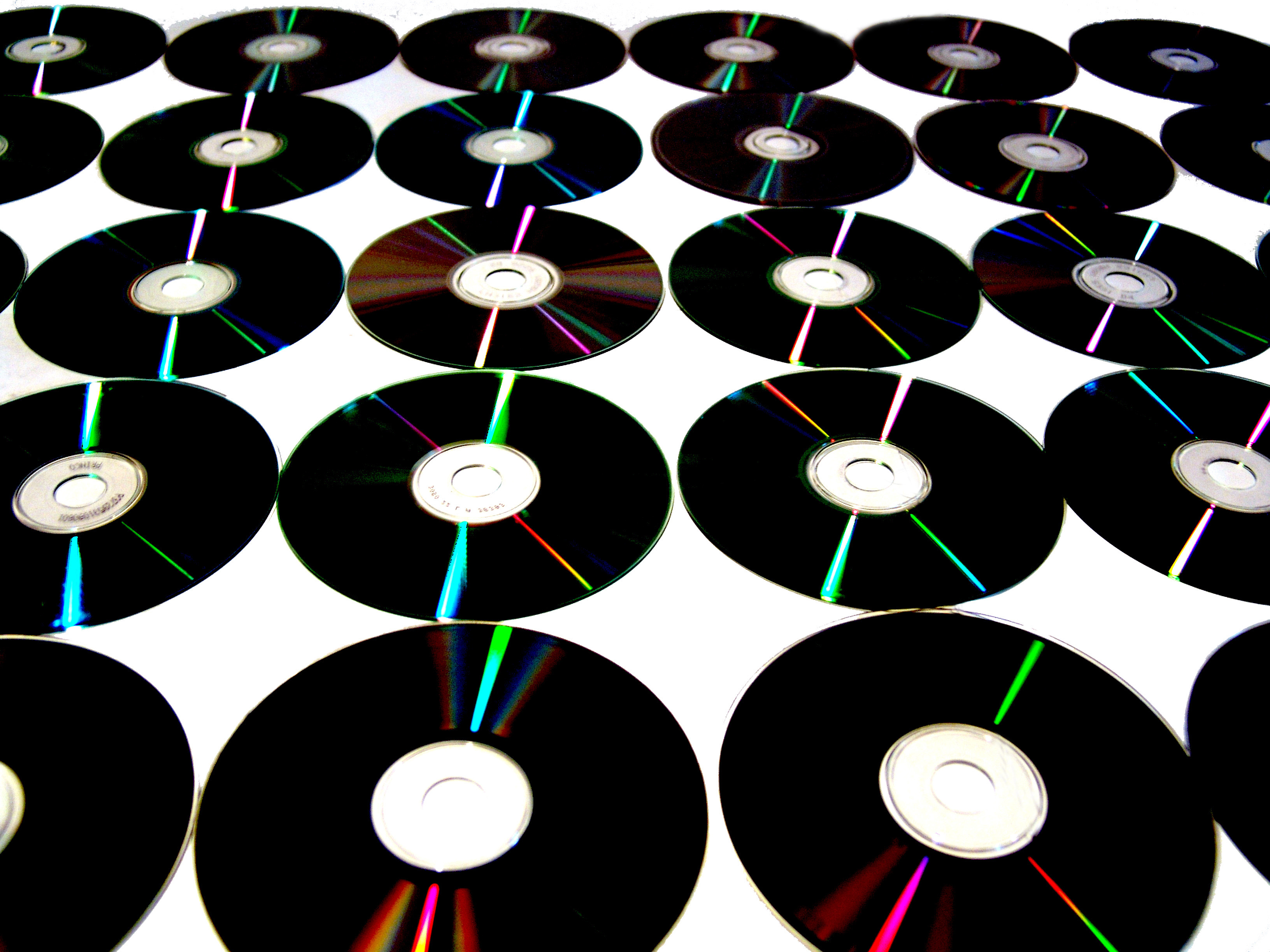Over the years as I’ve talked to many worship leaders, I have encountered different approaches to Sunday morning worship – some who are vehemently opposed to structure and click tracks and arrangments and others who have their entire worship set planned to the ‘T’ without much wiggle room.
One of the questions that has come up time and time again is how close should Sunday morning worship resemble the recordings? I mean if Chris Tomlin, Jesus Culture, and Hillsong do it it’s gotta be from God’s rulebook, right? Well, maybe not God’s rulebook. But it can be helpful to use what others have done.

I like to strike a healthy balance between personal arrangements, recorded arrangements, and the spontaneous.
Here’s my thoughts:
UTILIZING RECORDED ARRANGEMENTS SAVES YOU TIME
As a busy worship leader, this is great. You don’t have to personally and creatively arrange every single song because someone has already done that work. Just listen in, take notes, and teach. It’s nice to use what they’ve done and build upon it.
UTILIZING RECORDED ARRANGEMENTS IS THE BEST WAY TO TRAIN YOUNG MUSICIANS
Young musicians are not typically honest about how bad they are. I don’t know what it is but it’s easy for we musicians to get an inflated view of ourselves. We easily blame external factors (can’t hear, can’t see the music, use the “it’s OK I’ve got it” comment, etc.) for our mistakes. Maturity is learning to admit when you mess up (maybe I should save this for another post :))Holding young musicians accountable to learning and playing their part of a recorded song teaches them a much needed discipline if they want to be good musicians.
ARRANGE, BUT LEAVE SPACE
At my church we typically do four songs for our main worship set. Not all four of those songs are sequenced and perfectly arranged. I usually leave one or one and a half for flowing purposes and ‘see where it goes’. This keeps the worship time from becoming too mechanical. Listen in to the Holy Spirit and follow Him where he is going.
Worship Leaders: what are your thoughts on the “do it like the recording” debate?
I think you said it best. Time is of the essence and it is much easier and probably more professional (sounding) to play the recorded version. But then you have to wonder then, what recordings did King David emulate? Lol. There is a time and a place for both the recorded versions and new versions tailored toward a Holy Spirit lead, unstructured, flow. But to be a good worship leader, you have to almost have a structure for your unstructured sections because if not, it might just fall apart. Does that make sense?
Makes total sense. I always say that God anoints our preparation just as much as he’ll anoint the spontaneous. King David’s favorite records…hmmm. Can you research that for me? 🙂
I’m with you on this one bro. I love utilizing the recordings as a guide, but I’m not afraid to step outside the box and make some changes to the form or feel of a song if it will fit better for our service. Working with a youth band every week makes the recordings a real lifesaver, but regardless of the setting, giving the Holy Spirit some room goes a long way.
Indeed. Well said, bro.
I remember a member of my team speaking “disparagingly” about not doing (aka duplicating) the recorded artist’s version…
My take is this, reference, yes; proof of excellence, no.
Launching point, yes: validation or identity, no.
One of the dangers of a “Worship Music” industry is that what’s “popular” will drive what’s duplicated. There are thousands of wonderful worship songs that won’t make the WOW disc for 2012. And even the popular artists do multiple arrangements of their songs…
Can anyone say, “moving target”? 🙂
So, know the recording as a starting point, learn a few “key” elements that will “land” for those who know (or care), but focus on leading our specific congregation the way God would want us to lead and in a way (key, groove, tempo) that’s accessible for all present to engage with.
Thanks for this post 🙂